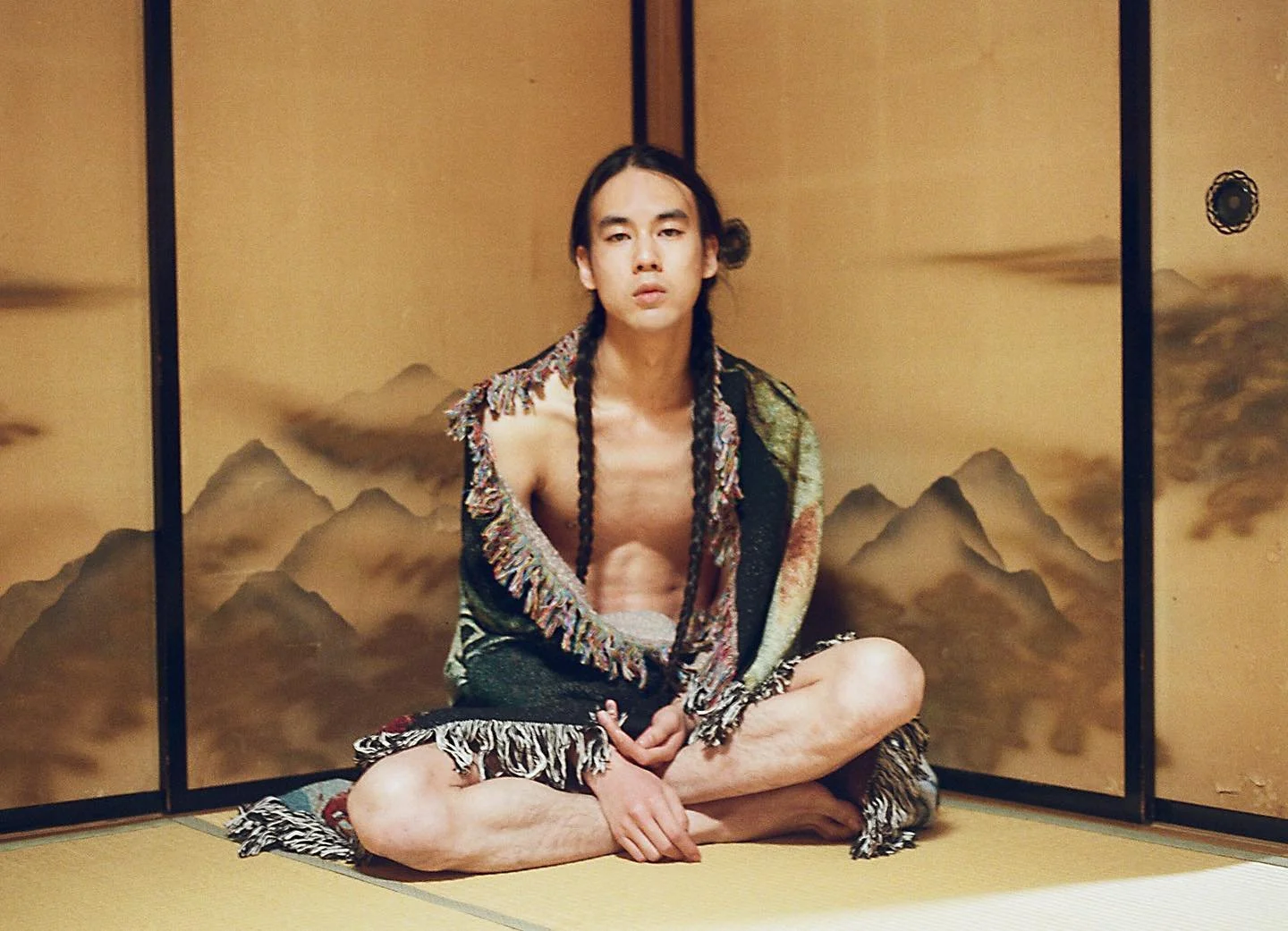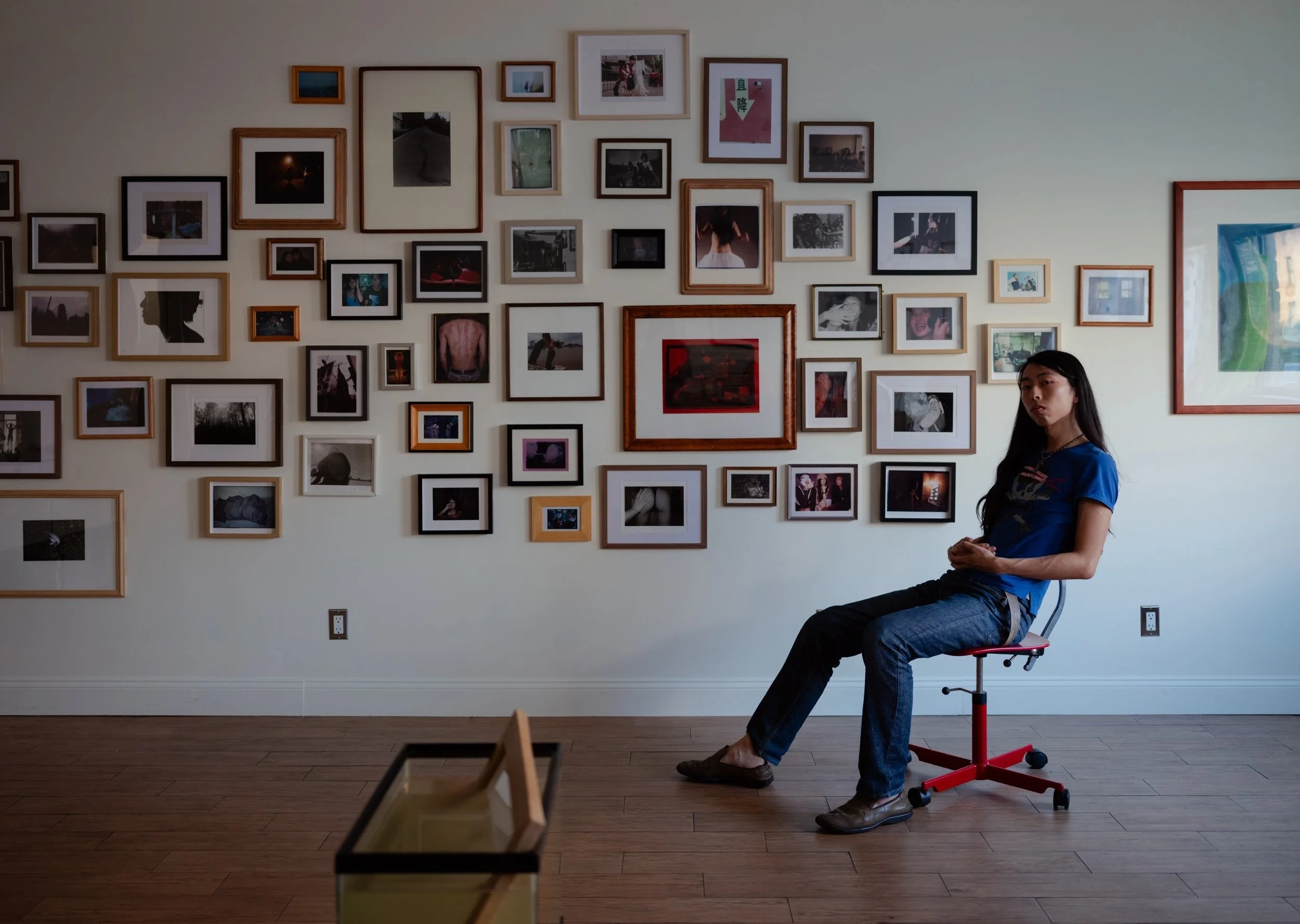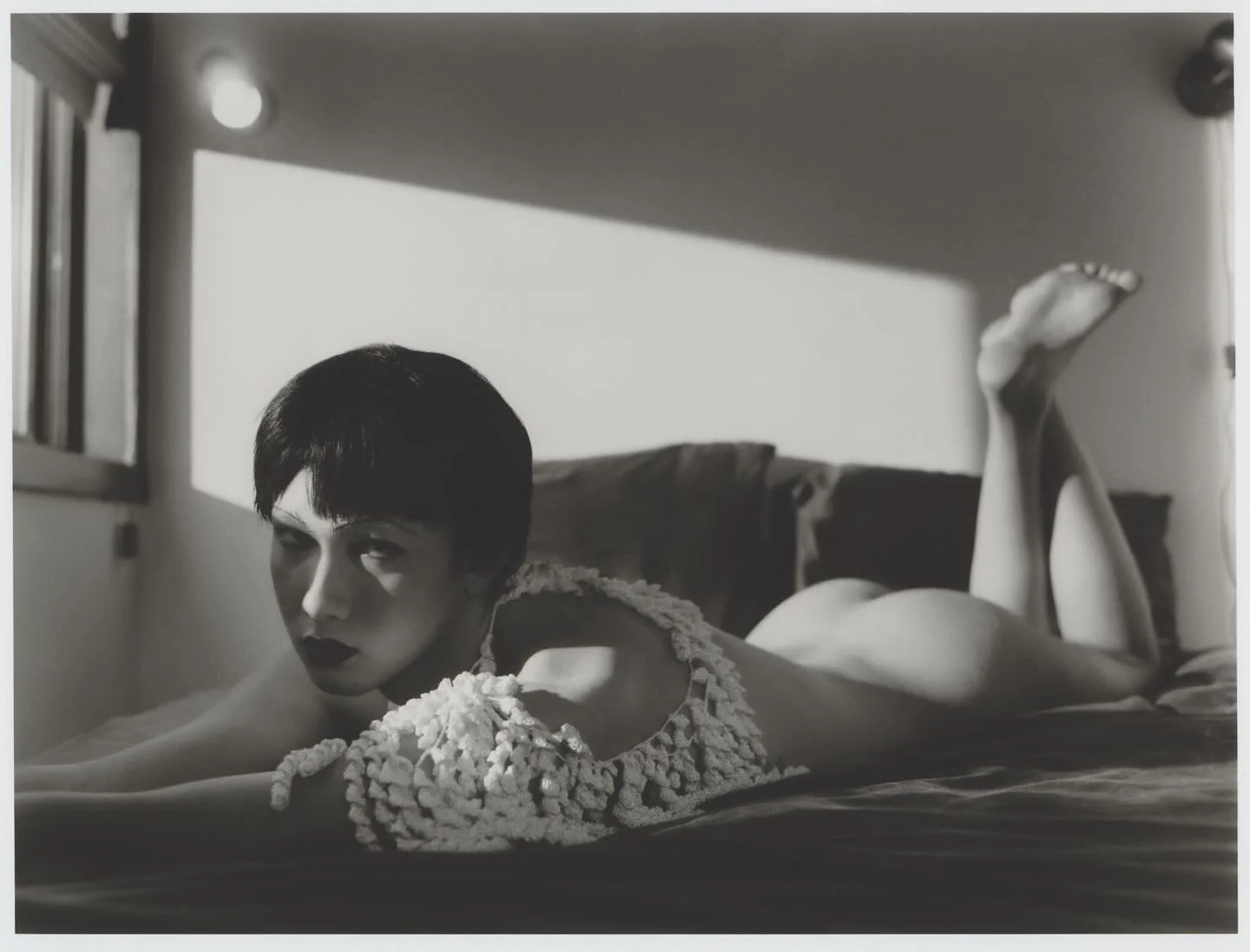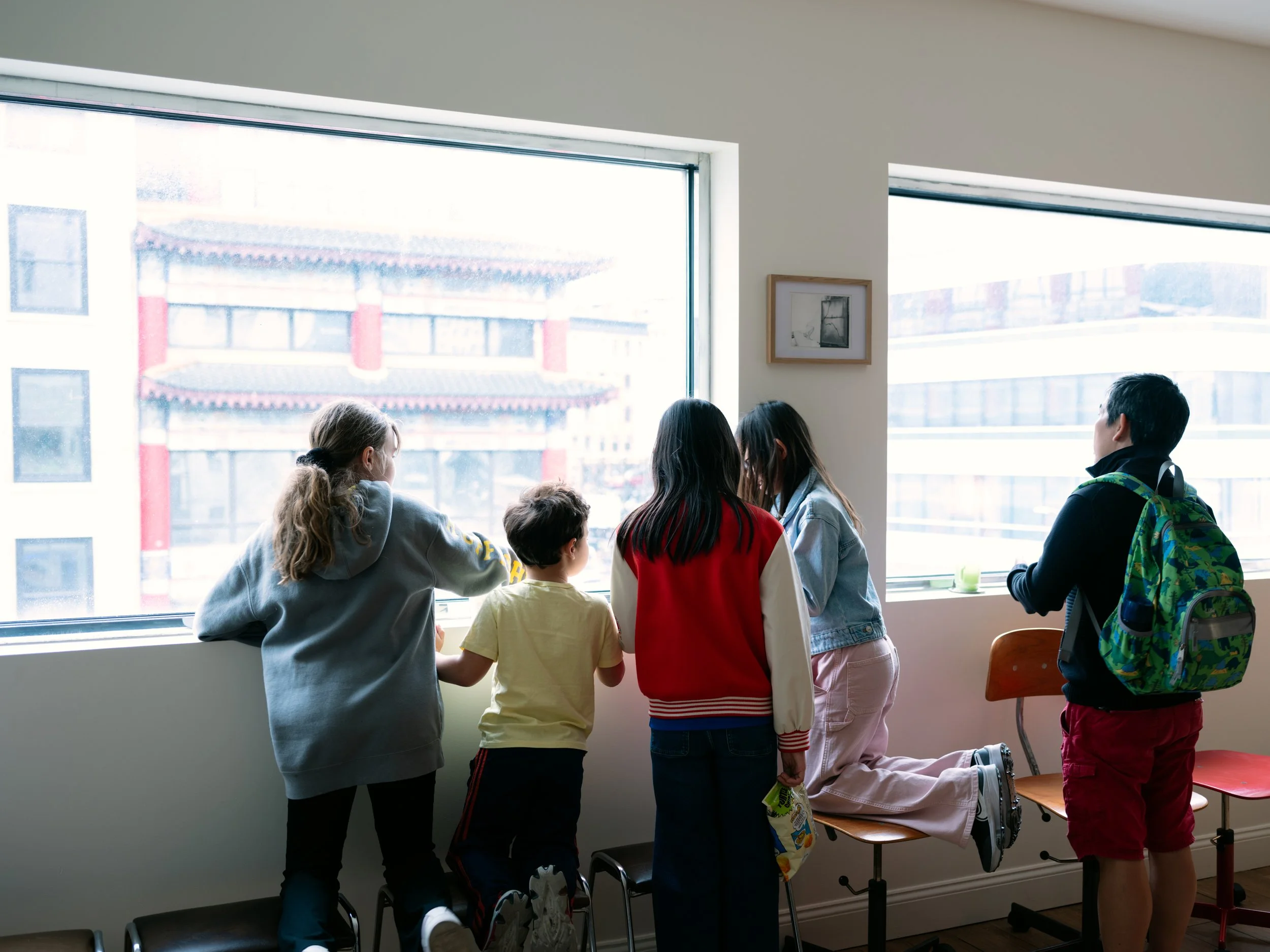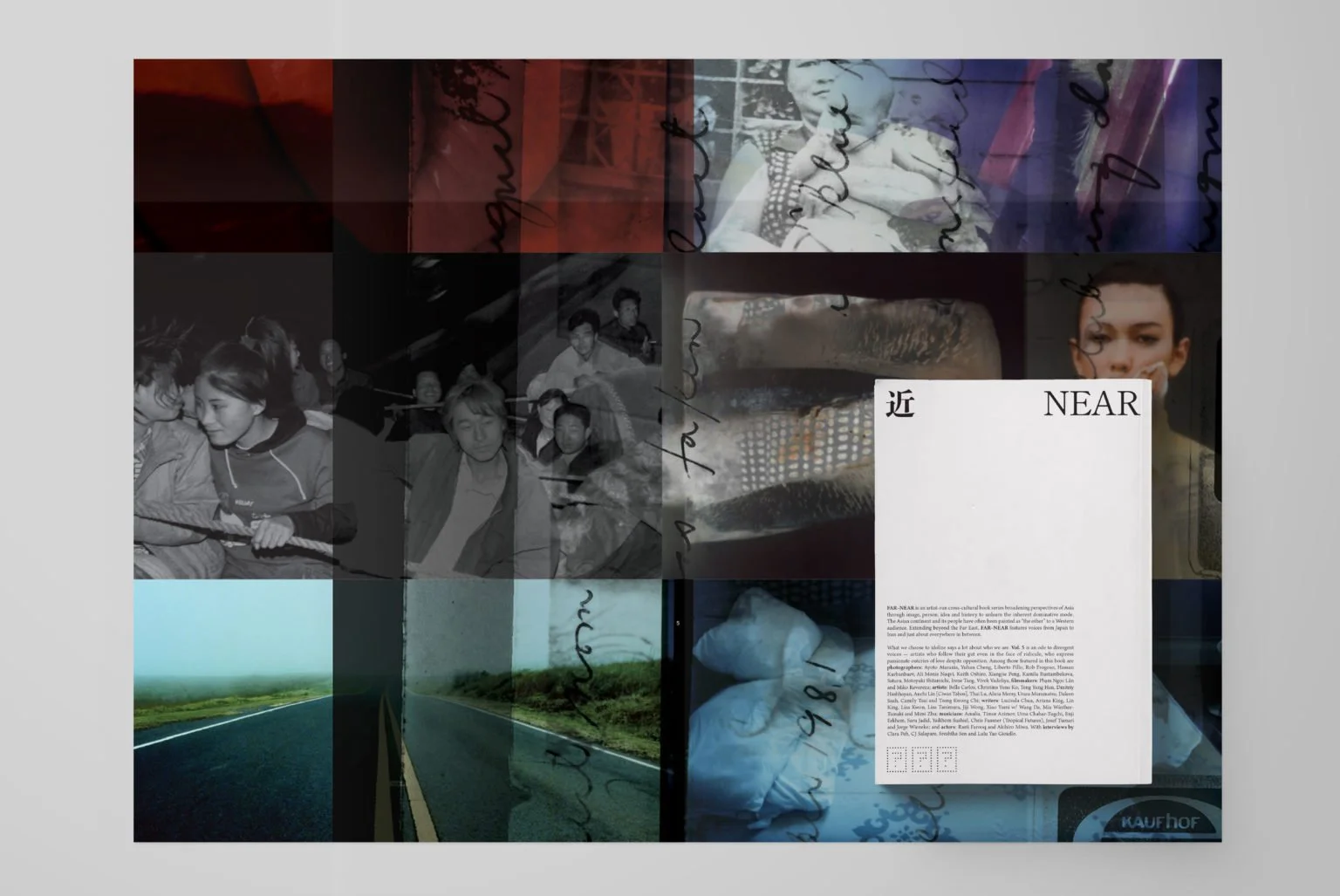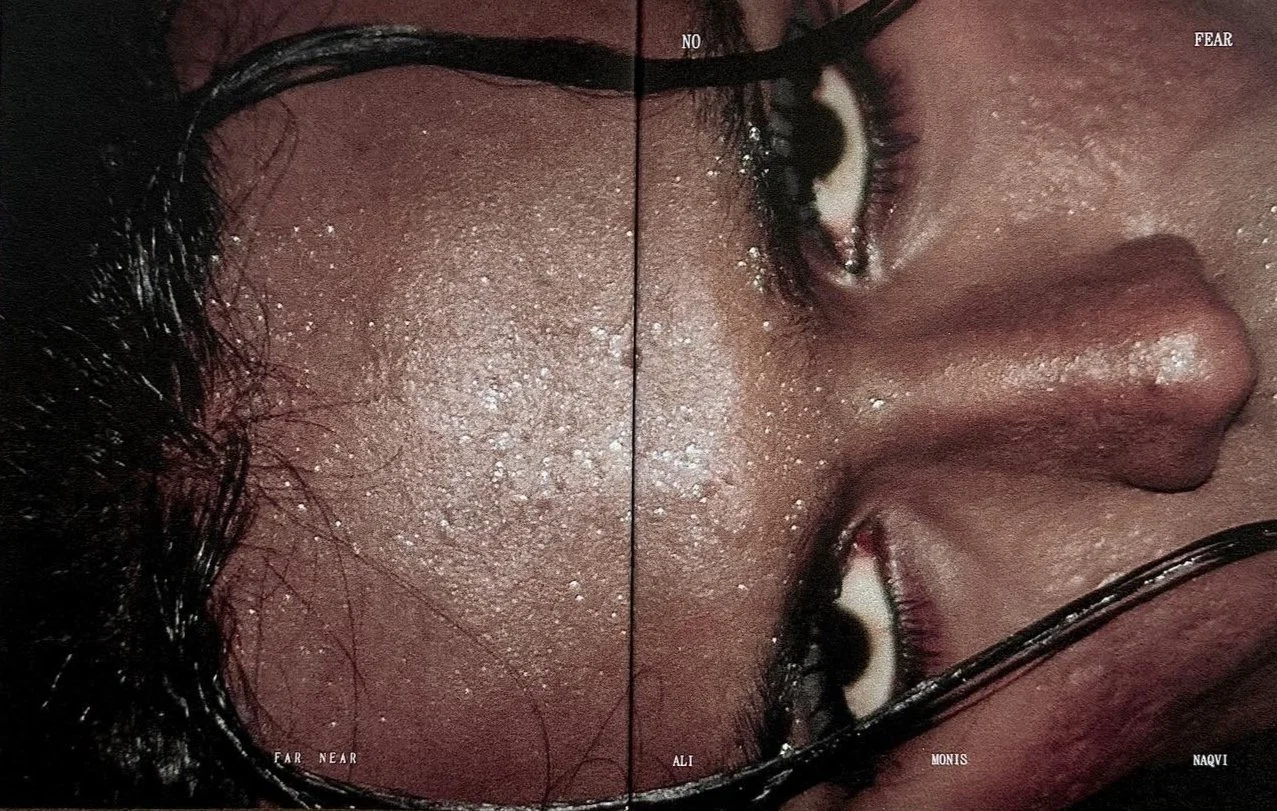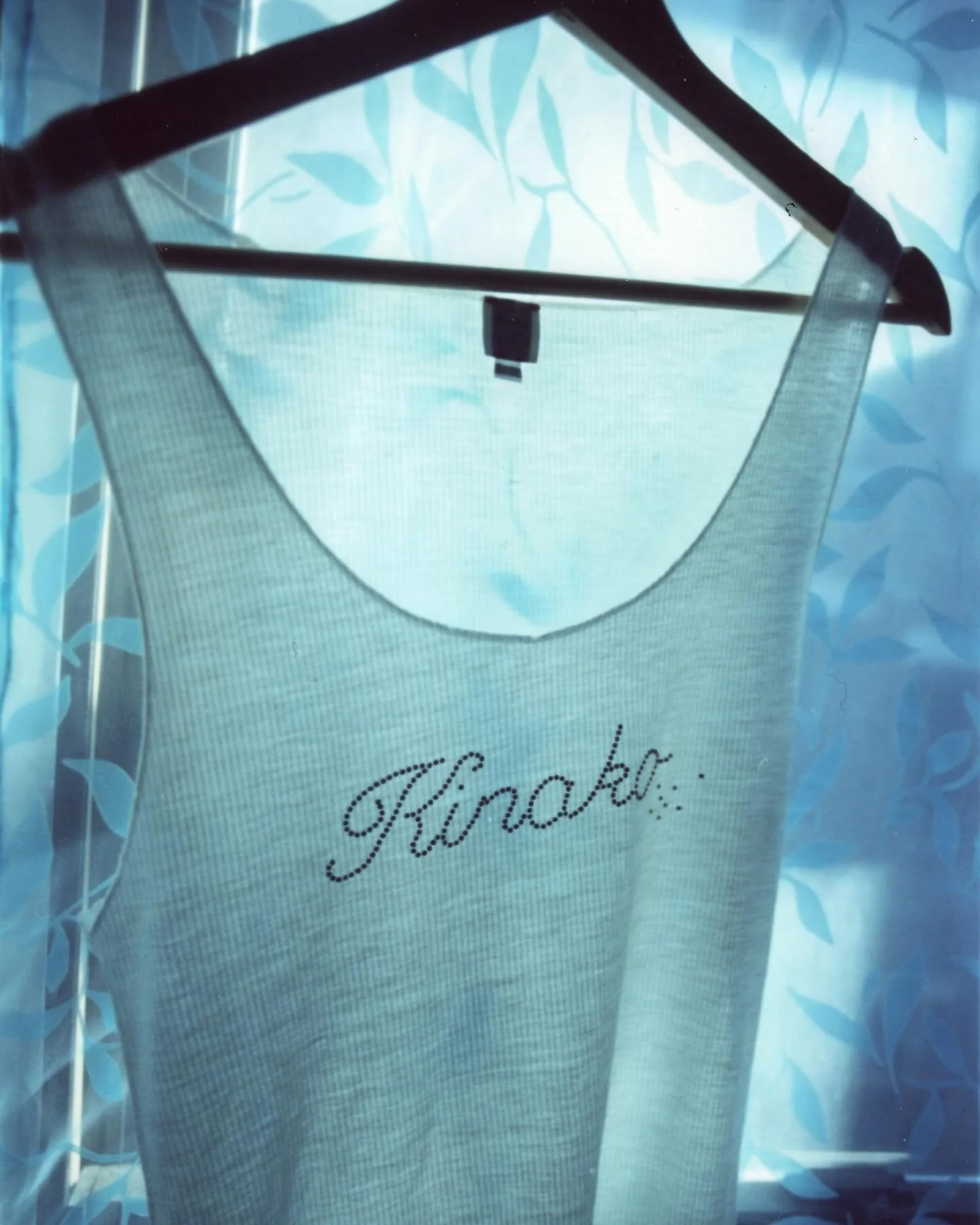Beyond the Far East: Unveiling Nuance in Asian Stories with NYC-based Print Series
February 23, 2025 | Hyoeun Kang
What does it mean to be Asian? Lulu Gioiello, the founder of Far Near, provides a platform for different Asian perspectives to challenge Western ideas of Asian identity through art and community.
Far Near, a NYC-based cross-cultural book series, pioneers in redefining the portrayal of Asian identities. Directed by founder Lulu Yao Gioiello, this self-published book series, combined with an online and physical community space, responds directly to the pervasive Westernization of Asian narratives in contemporary media.
The inception of Far Near was rooted in the early childhood bond between Lulu and Far Near’s senior editor, Ariana King, united by their half-Asian identities and a shared engagement with Asian cultural elements like design, manga, and food. Lulu, having a background in photography and graphic design, and Ariana, who has worked in international relations and journalism, combined their unique complementary skill sets and mutual pursuit of connecting with Asian culture through design and media to establish Far Near. Working within creative agencies, Lulu observed a consistent Western bias in the portrayal of Asian art, which overlooked first-person perspectives in media. With Ariana’s insights into the political landscapes of Asia, they wanted to present authentic stories without rigid definitions, positioning themselves as curators of genuine Asian voices and striving to encompass a broad spectrum of Asian experiences without narrow constraints.
Understanding the nuances among different Asian communities requires an acknowledgment of the region-dependent challenges faced by Asian creatives. Amidst Lulu and Ariana’s projects and conversations with Asian artists globally, core challenges of creatives became increasingly evident due to regional and political constraints. Ariana explains that in regions like China or Uzbekistan, where artistic expression is heavily censored, works that deviate from the political norm—especially those involving LGBTQ+ themes—often find little room for publication. She also highlights the often-overlooked cultural contributions of Central Asian artists on the global stage. Though this form of nuanced media touches on numerous political agendas, Ariana articulates a focus on “[criticizing] structures and systems rather than individual perpetrators,” providing new perspectives rather than merely pointing out existing problems.
This nuanced media is often buried beneath the flood of content in today’s internet and social media landscape. Far Near offers a space where these neglected stories can be shared, resonating well with an audience that values the complexity of social, cultural, and political nuances. Ariana raises an important question—rather than engaging with the predictable cycle of Asian representation through corporate Lunar New Year tributes, how can Asian artists’ visibility stay relevant independent of trends? They advocate for nuance, driven by individual experiences, which deems more powerful than umbrella narratives to steer away from orientalism and carve out a new path for well-informed media consumption.
A primary example of their work is their collaboration with King Kong magazine, which explored the subtle dynamics between Asian Americans, the Asian diaspora at large, and Asians residing in Asia. This piece highlighted how ethnic tensions prominent in Asian countries often do not translate to the Asian American experience, where diverse backgrounds are typically amalgamated into a single, homogenized identity. Such projects offer platforms for discussing how these internal cultural distinctions influence the relationships and self-perceptions of Asians living in Western societies.
Far Near’s commitment extends beyond digital formats; they champion the enduring value of print media. Initially, they participated in book fairs; now, they celebrate community by hosting workshops, talks, exhibitions, and more in their dedicated physical space in the heart of Chinatown, NYC. Additionally, their shop consists of their art books, prints, zines, and literature, supported by the very audience it serves.
In a digital age of oversaturated content and information dumps, this collective emphasizes the tangible, sensory experience of print—its tactile nature, the smell of the pages, the feel of the paper—all creating a lasting engagement that digital formats struggle to match. Ariana reflects, “if we lose print, you’re not going to know its value until it’s gone.” It may not become apparent until, as she implies, everything is misinformation and artificial intelligence. Only then might we recognize that the thousands of references we’ve saved have been lost in the clutter of our personal archives. Books, print, or anything analog—these are what create lasting memories.
Far Near’s story and mission serves as a testament to why community, print, and discourse among creatives are crucial for cultivating not only meaningful art and media but also for contributing to a more profound knowledge base.
A big thanks to Lulu and Ariana for sharing their story to the Kive community.
Learn More: https://far-near.media
Follow their Instagram: @FAR_NEAR
Photo Credits: @shina.peng @yuhanch3ng @keithoshiro

